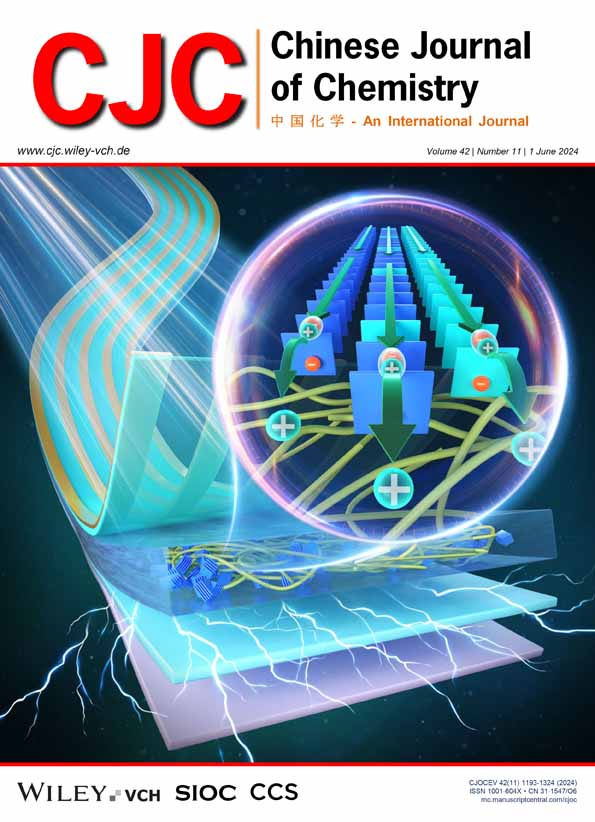Artificial Cell Wall: From Maintenance of Cell Viability to Boosting New Cellular Functionalities†
Abstract
Comprehensive Summary
Artificial cell wall (ACW) referring to active functional cellular nano-coatings is capable of providing more cell-shell synergic and cooperative properties than conventional single cell nanoencapsulation (SCNE). With the development of SCNE, the issues of cytocompatibility, degradability, etc., have already been improved successively. However, the further emphasis on the cooperativity between the cell itself and its shell is still missing and paying more attention on the functions of cellular hybrids. Recent research proved that the construction of nano-coating on cells not only needs to satisfy the functionalization of the single cells, but also is necessary to empower cells to interact with other cells and environments. This indicates that SCNEs on cells are tending to be more “active” to participate in the metabolic process of cells and gradually develop to the stage of ACWs. This review provided a reasonable description of artificial cell wall, and the realization of this concept requires cooperativity, self-adaption and fluxionality. Then, the methodologies of constructing ACWs were discussed. Finally, the applications were summarized accompanied by the potential outlook in the given fields.
Key Scientists
Within recent ten years, fabricating a biocompatible nano-coating on the surface of cells for cyto-protection rapidly developed. For example, Rawil F. Fakhrullin and Yuri M. Lvov developed a ‘layer-by-layer’ strategy to construct ‘face-lifting’ on the surface of micro-organisms. Afterwards, Choi introduced the concept of ‘artificial spore’ which is thin and tough biocompatible cell encapsulations. At the same time, Tsukruk summarized the functions of hydrogel-based ‘artificial spore’ in terms of cyto-protection in 2013. In 2016, Tang reported that the strategy of biomimetic mineralization can be used to improve and modify the metabolism processes of cells. More advanced, Qu and Hawker separately developed a way to introduce manganese dioxide nanozymes and in-situ-grafting polymers on the surface of cells to realize the responsive effects towards the artificial regulation in 2017. In 2018, Huang showed a way to generate a type of heritable artificial cell wall based on in situ self-assembly of coacervate micro-droplets around yeast cells. In 2019, Jeffrey reported that nanoparticles can be adopted to construct exoskeletons outside the cells which can endow new functions and forming ‘supracells’. Choi put forward the concepts of ‘active shell’ and ‘dynamic shell’ which indicated that the research of cellular nanoencapsulations was beginning to transition to control the fate of cells. Huang introduced a reasonable strategy in constructing degradable artificial cell walls in 2020 and adopted an intracellular mineralization method to regulate metabolic processes of algae to promote hydrogen production. Based on his previous research, this review focused on introducing the fabrication and applications of ‘artificial cell wall’.


 求助内容:
求助内容: 应助结果提醒方式:
应助结果提醒方式:


